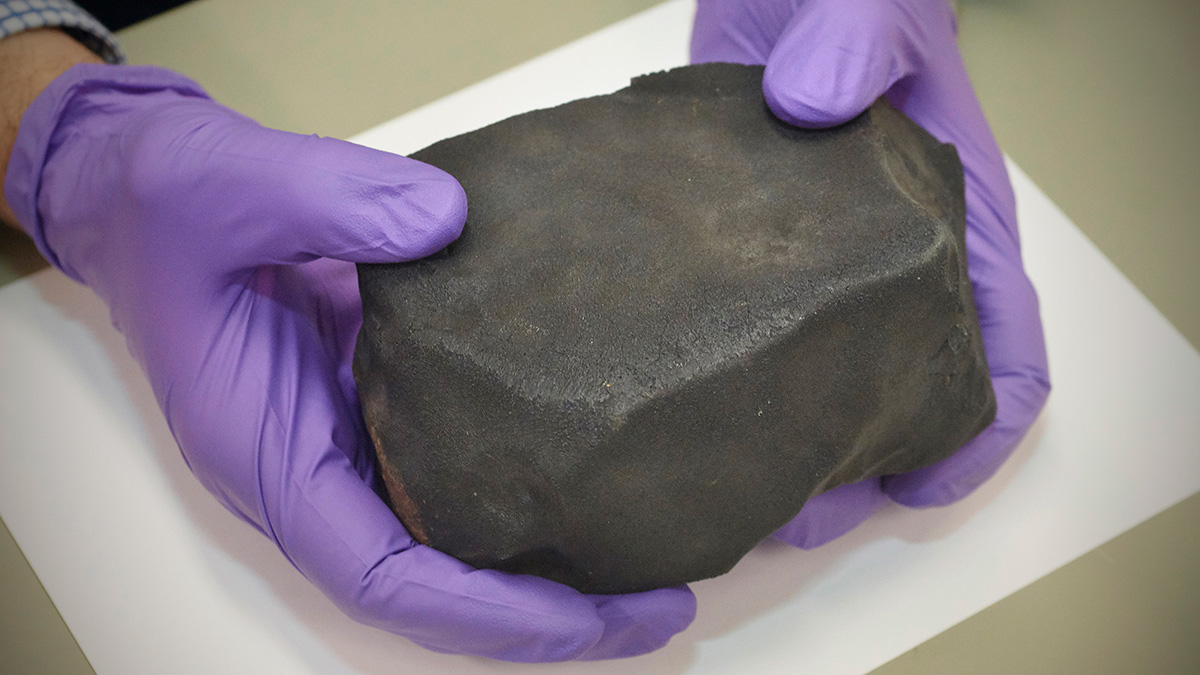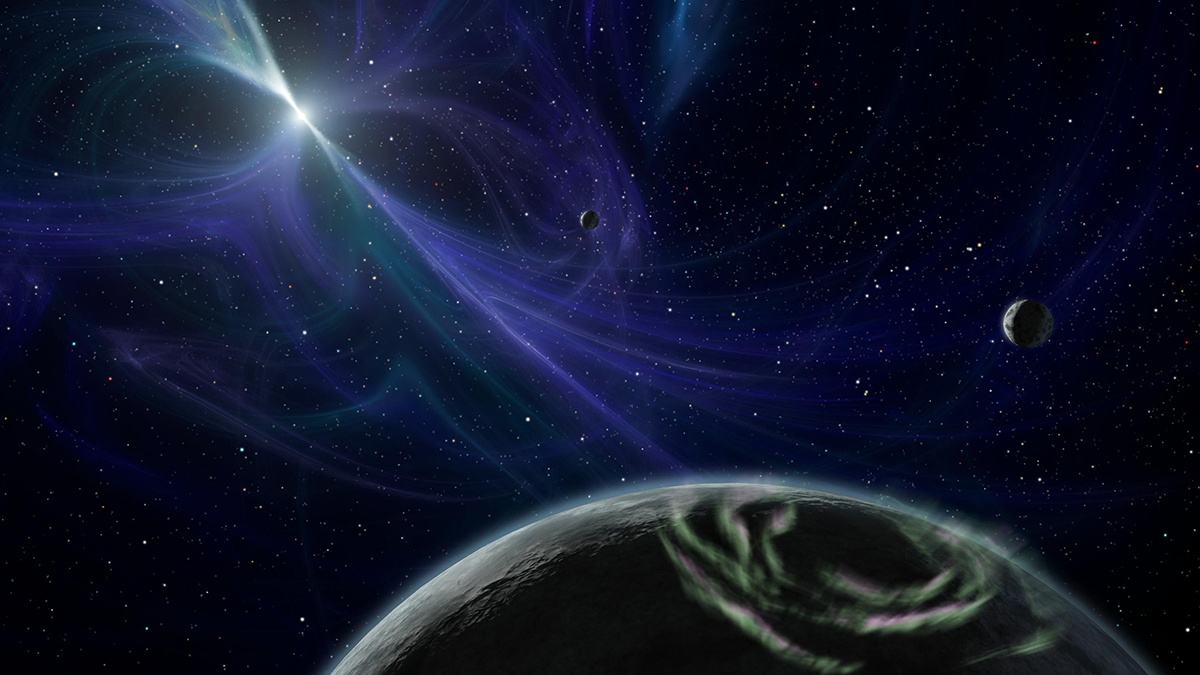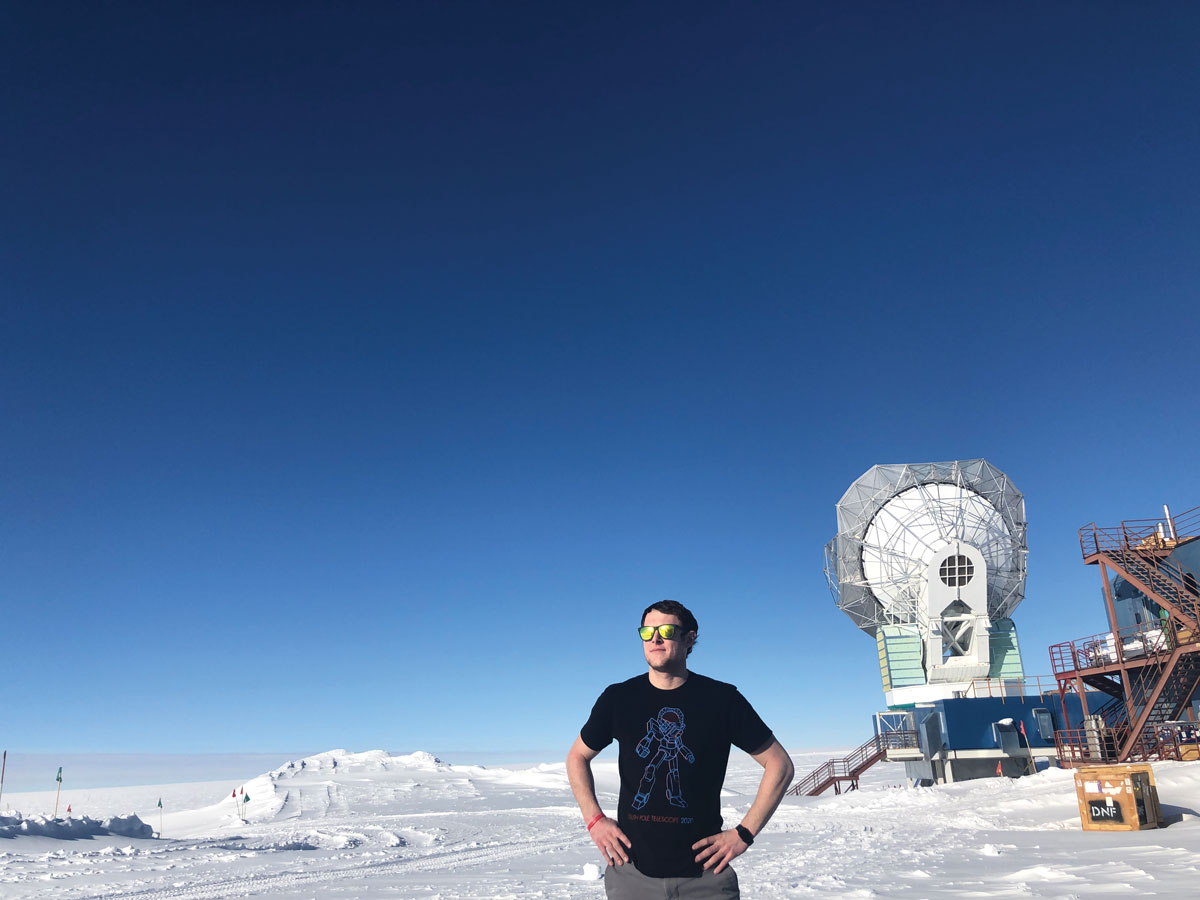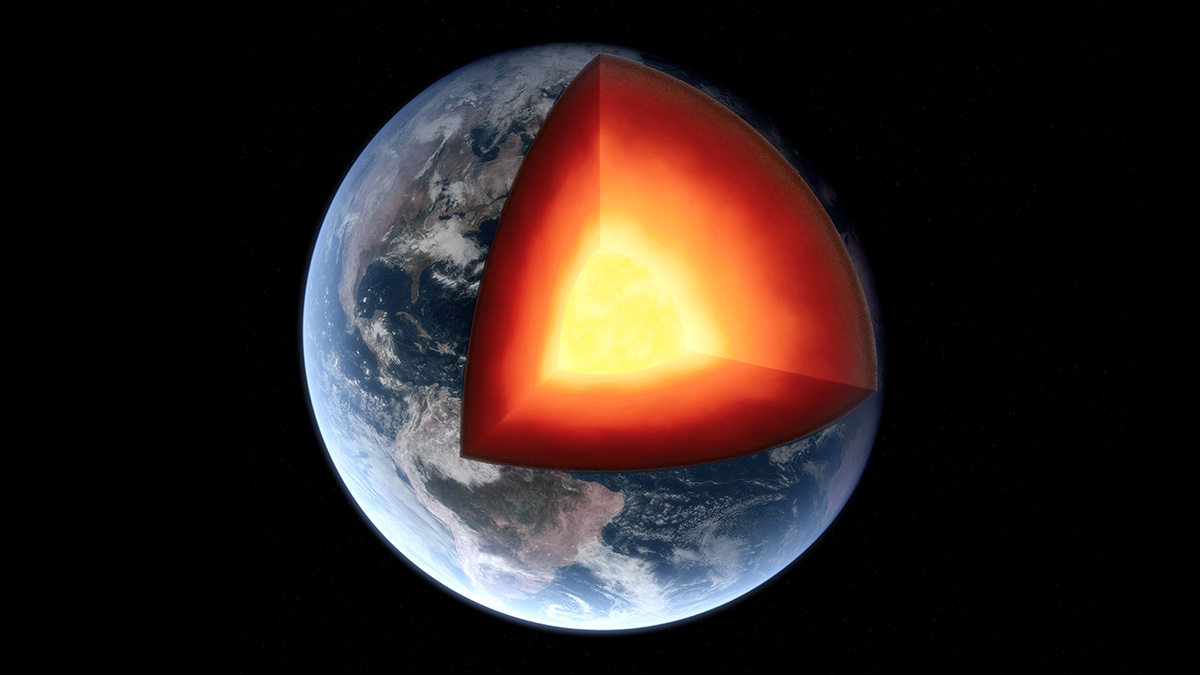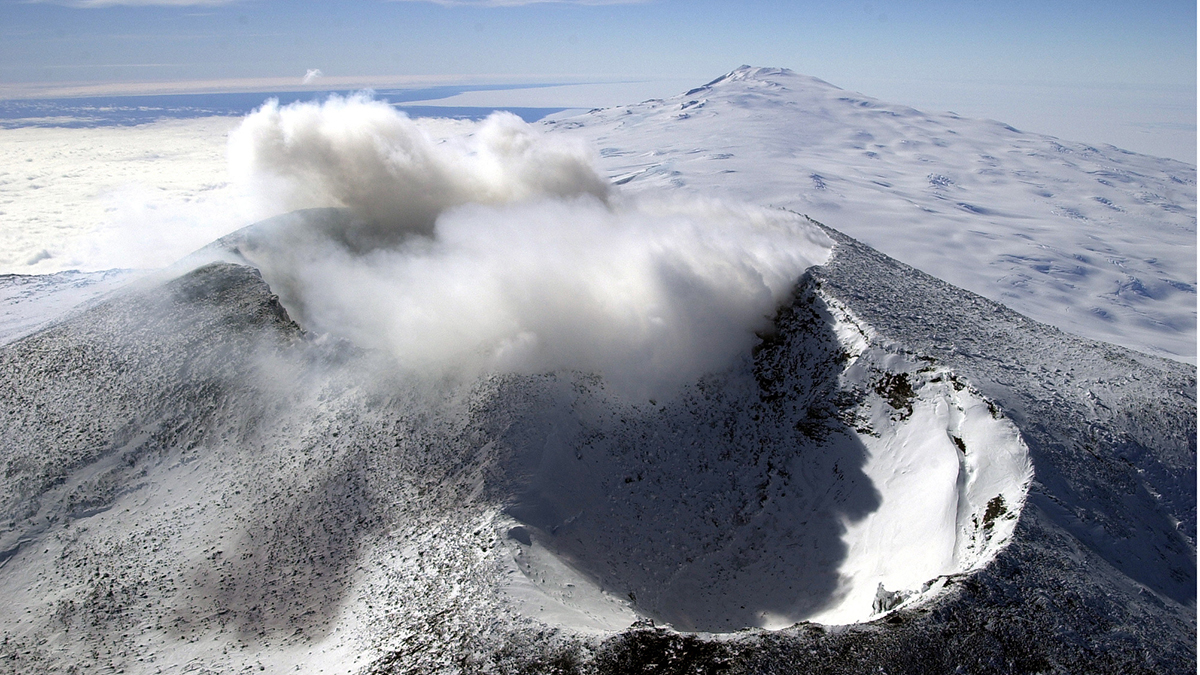Analysis of a meteorite that fell in Costa Rica shows that its parent body may resemble the asteroid Bennu.
weird & wonderful
Gigantic Jet of Lightning Mapped over Oklahoma
The most powerful gigantic jet ever recorded fortuitously appeared over a sensor array in Oklahoma, enabling scientists to map the structure of the phenomenon for the first time.
Shake, Rattle, and Probe
Helioseismology allows scientists to study the interior of the Sun, solve some basic physics mysteries, and forecast space weather.
Pulsar Planets Are Exceedingly Rare
A new survey of hundreds of pulsars could help solve the mystery of why planets exist around these dead stars.
Allen Foster: Greasing Telescope Gears During a 7-Month-Long Night
While overwintering in Antarctica, Foster maintains the South Pole Telescope facilities.
Earth’s Wobbly Inner Core Illuminated by Nuclear Explosions
Shock waves from Cold War era nuclear tests gave seismologists a glimpse of the inner core. Its wobbly rotation could explain phenomena such as the periodic change in the length of a day.
The First Look at Our New Astronomy Paradigm
Five galaxies, two nebulae, an exoplanet, and the early universe—JWST’s first images provide a cross section of the science yet to come.
Holey Eclogite!
Scientists have found holes filled with minerals that indicate fluid-filled pores exist many tens of kilometers below Earth’s surface. But no, The Core fans, you still can’t get amethyst-laden geodes in the mantle.
Unlocking the Magmatic Secrets of Antarctica’s Mount Erebus
Unprecedented images of Mount Erebus’s inner workings show the unique trappings of a CO2-rich rift volcano.
Peeking at Peatlands: Satellite Data Fuel New Findings
Researchers are combining hard-to-get field measurements with satellite imagery to gain new insight into where peatlands are and how they work.

